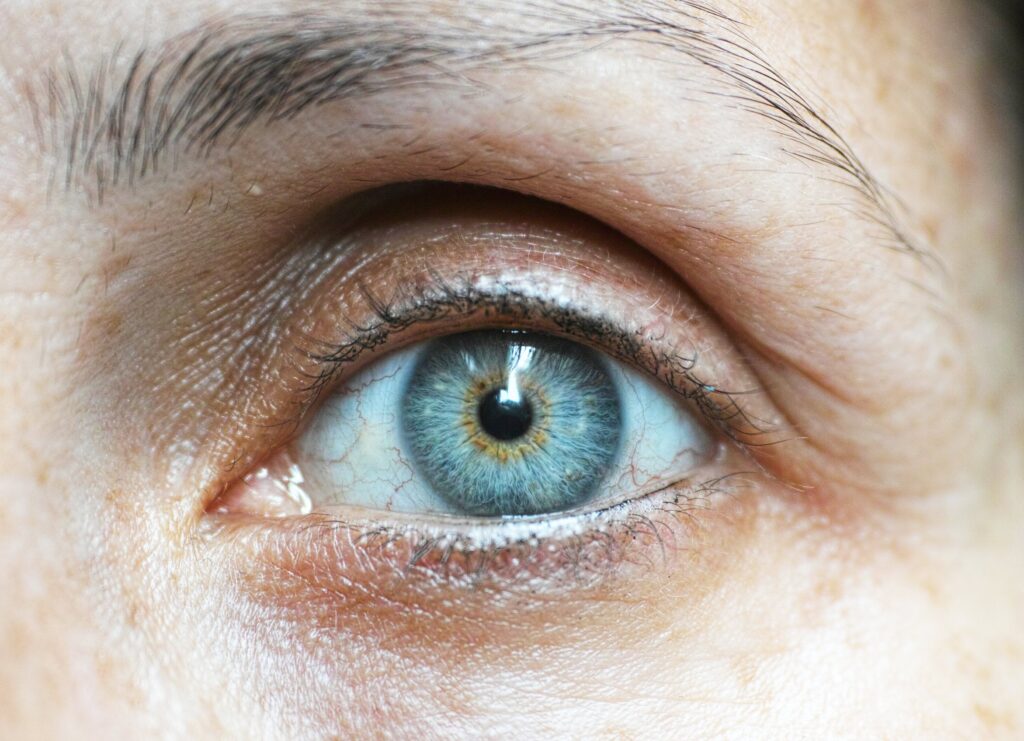Cataract Surgery: A Complete Guide to Procedure and Recovery
Cataract surgery is a common and highly effective procedure to restore vision affected by cataracts. As one of the most performed surgeries worldwide, it offers a high success rate and significant improvements in vision quality. This guide provides a comprehensive overview of cataract surgery, from initial preparation through to the recovery process. Understanding the procedure, what to expect during recovery, and the benefits of the surgery can help patients approach their treatment with confidence and informed expectations.

Introduction to Cataract Surgery
Cataracts develop when the natural lens of the eye becomes cloudy, impairing vision. Cataract surgery involves the removal of this lens and its replacement with an artificial lens, known as an intraocular lens (IOL).
Preparing for Cataract Surgery
Preparation typically involves:
- Pre-Surgical Evaluation: An eye examination to measure eye size and shape for the IOL.
- Medical History Review: Discussing overall health and any medications that might affect surgery.
- Temporary Medication Adjustments: Some medications may need to be paused or adjusted before surgery.
The Cataract Surgery Procedure
The surgery is usually performed on an outpatient basis and involves:
- Anesthesia: Typically local anesthesia is used, with patients awake but relaxed.
- Lens Removal: The cloudy lens is removed, often using a technique called phacoemulsification.
- IOL Implantation: A clear artificial lens is inserted in place of the removed lens.
- Duration: The procedure usually takes less than an hour.
Recovery and Post-Operative Care
Post-surgery, patients can generally return home the same day:
- Immediate Post-Operative Period: Patients might experience mild discomfort, light sensitivity, and a gritty feeling in the eye.
- Eye Protection: Wearing an eye shield or glasses to protect the eye.
- Medication: Using prescribed eye drops to prevent infection and reduce inflammation.
- Activity Restrictions: Avoiding strenuous activities and being cautious about activities that risk eye injury.
Risks and Complications
While cataract surgery is generally safe, potential risks include:
- Infection or Inflammation: Rare but can be managed with medications.
- Vision Changes: Such as double vision or light sensitivity, usually temporary.
- Retinal Detachment: A rare complication that requires immediate medical attention.
Benefits of Cataract Surgery
Post-surgery, patients often experience:
- Improved Vision Clarity: Enhanced sharpness and color perception.
- Increased Independence: Better vision can lead to a more active lifestyle.
- Overall Quality of Life: Improved vision contributes to overall life satisfaction.
Frequently Asked Questions
- Is cataract surgery painful?: Typically, patients experience little to no discomfort.
- How long is the recovery period?: Full recovery usually takes a few weeks, but most normal activities can be resumed within a few days.
- When will I see improvements in vision?: Some patients notice improvements immediately, while for others, it may take a few days to a week.
Conclusion
Cataract surgery is a safe and effective way to improve vision affected by cataracts. With proper preparation, understanding the surgical procedure, and following post-operative care instructions, patients can have a smooth recovery and enjoy the benefits of clearer vision. As with any surgical procedure, it’s important to discuss any concerns or questions with your eye care professional to ensure the best outcomes.






